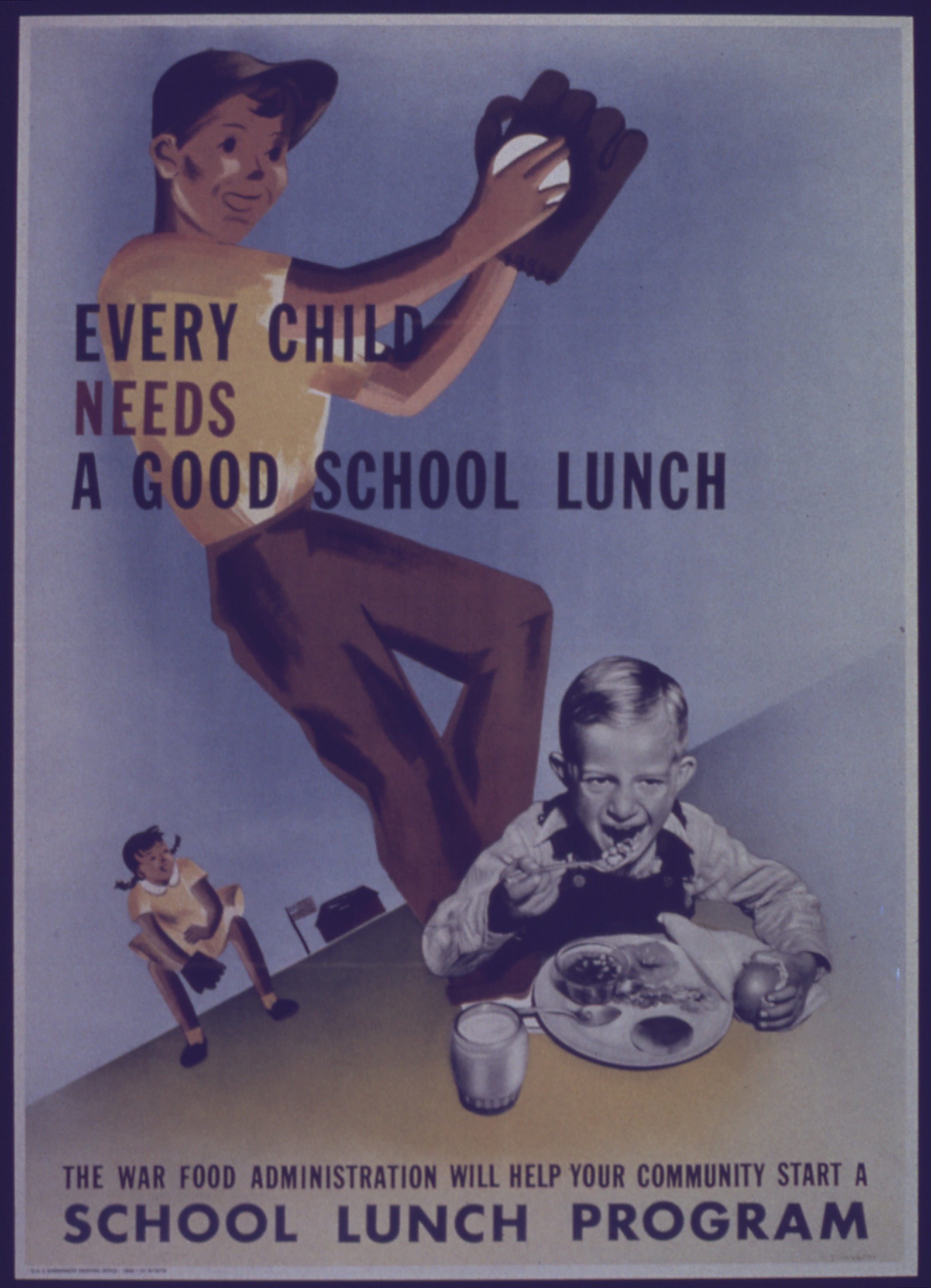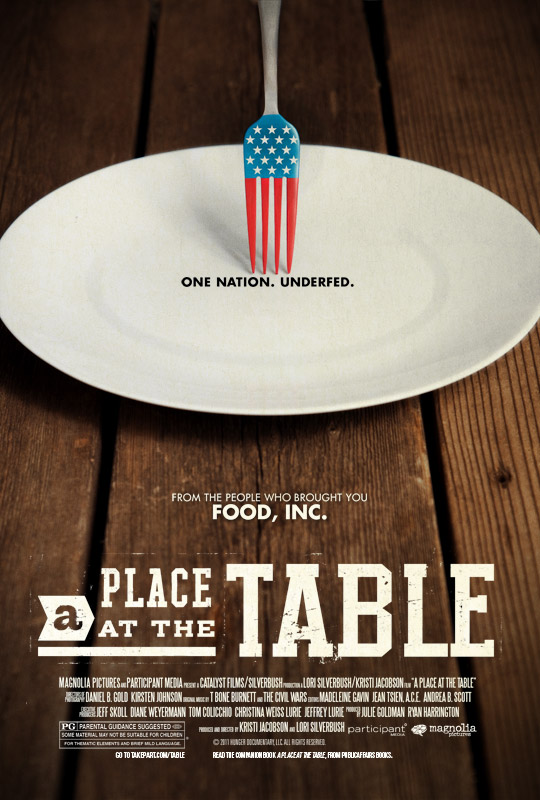Hi everyone! I am writing my last post while in Croatia, and then it is off to Serbia! I’ll be making a pit stop in Plitvice Lakes, one of eight national parks in Croatia. Here is what it looks like below:
[So gorgeous!]
Amidst the beauty of Croatia, I have been growing increasingly uneasy while doing research on the US NSLP. Why? Read on to see why. This will be a short post, as I don’t want the main message to be diluted by multiple thoughts/threads.
The US National School Lunch Program: A Reminder of the Polarization of Wealth and Poverty
I came across a data set recently on America’s school lunch participation over the last 50 years, as well as the percentage of meals that are free/reduced price. This is what the data set looks like:
I’m a visual person, so I put this data into a graph.
The blue line represents total participation (millions) over time, the red line represents the total number of free/reduced price meals (millions) in the program over time. So, the blue shaded area - the area between the red and blue lines - represents the number of meals that are not subsidized by the government. This space - the number of meals that are being purchased at full price - is shrinking. The number of families who are able to afford lunch is decreasing. Financial stability is decreasing.
This is a graph of America’s poverty level throughout time. Poverty is rising, which correlates with the rise in the number of free/reduced price meals in the NSLP. It is important to note, however, that many families are above the poverty line but are still struggling to make ends meet. These families are not recognized in this graph, but their children likely receive free/reduced price meals at school.
My inner tension
Here is where I am feeling heavy. I have the invaluable opportunity to study these programs abroad - to see how the American program can be improved, to see how other countries’ programs relate. However, the improvement of the NSLP is inherently tied to the notion that its consumers are struggling financially. In order for me to do my research, I rely on hungry American children - children who don’t have access to nutritious food (or food at all). I want the NSLP to serve its students in the best way possible … but I would wish away the NSLP’s existence if that means all children have enough food at home.
Yes, I am proud of how the NSLP serves American children, and its nutritional quality is improving! But on days like these, my heart is burdened by the reality of my research.





.jpg)








